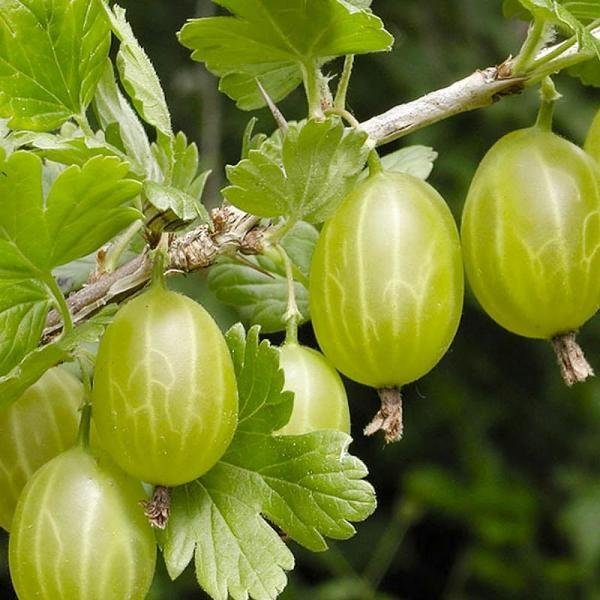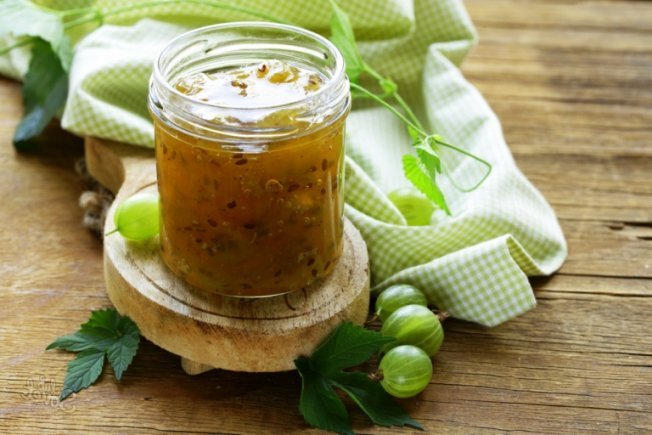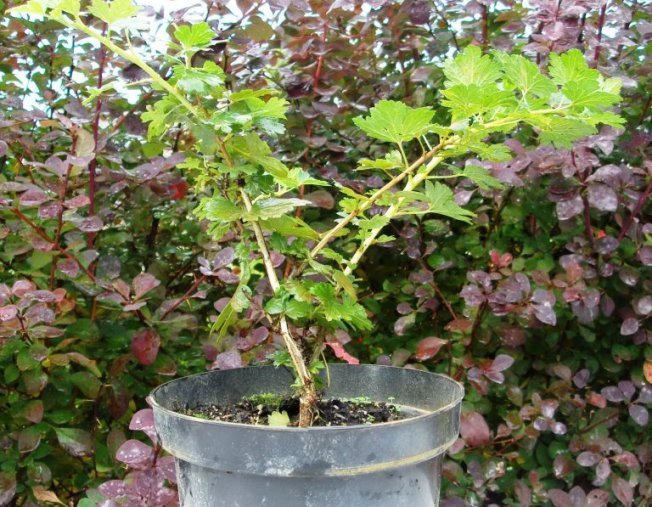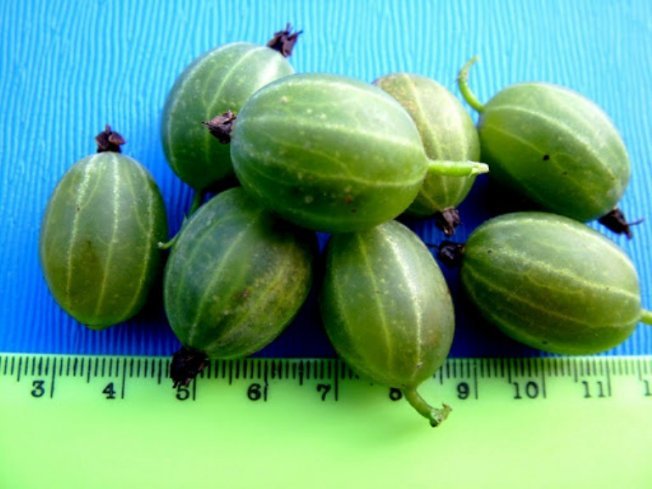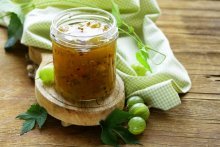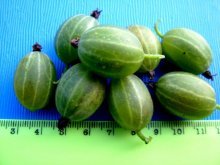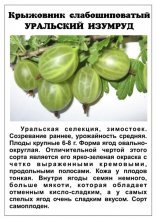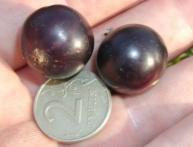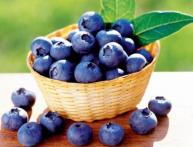Gooseberry Emerald, description and photo, characteristic features, principle of planting and care
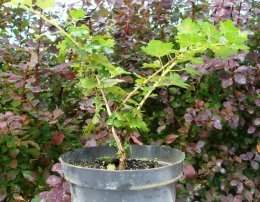
The gooseberry variety Izumrud attracts gardeners not only with the abundance of berries and their excellent taste, it has increased immunity and is able to resist many diseases characteristic of this crop.
We invite you to get acquainted with this variety in more detail, learn about its features and advantages.
Content:
- Gooseberry variety Emerald, description and photo
- General characteristics, yield
- Advantages, is it worth planting the Ural Emerald variety in the country?
- Requirements for planting and care
- Trimming
- Do gooseberries need pollinators? Ural emerald
- Diseases and pests, prevention
- How do consumers respond to gooseberries?
Gooseberry variety Emerald, description and photo
The second name of this variety is Ural Emerald. The culture was developed by crossing two frost-resistant types of gooseberries, Nugget and Firstborn of Minusinsk in Chelyabinsk.
The variety is intended for planting in Siberia and Western Russia, since the bush can easily tolerate unfavorable climates (frost resistance down to minus thirty-five degrees). It tolerates prolonged drought worse, but this problem can be easily solved with regular watering.
Detailed description:
- Early variety, dark green. It is characterized by rapid reproduction and high fruiting.
- The bushes are medium spreading, of medium height, side shoots grow in large numbers, so regular pruning is carried out.
- There are a large number of thorns. It is recommended to wear gloves when harvesting.
- The fruits are large, round in shape, sometimes oval. The color is dark green.
- The taste is sweet, there is a slight sourness. You can eat it pure or make jams and preserves for the winter.
The berry is healthy; it contains a number of vitamins, organic acids and a minimal amount of sugar. With sufficient consumption of gooseberries, radionuclides are removed from the body.
Let's watch an interesting video about the Izumrud gooseberry variety, its characteristics and yield:
General characteristics, yield
Let's look at the characteristics of this variety:
- The height of the bush is up to one and a half meters. Dense crown.
- The foliage has five lobes, the base is uneven, there is wavyness at the edges, the size is medium. The color is deep green.
- The inflorescences are pale pink, medium size, bisexual, solitary. An ovary forms on all flowers; there are no empty flowers.
- The fruits are of different sizes, the weight of one berry ranges from three and a half to seven and a half grams. Inside the gooseberry there is yellow-green thick pulp and black small seeds. The fruits hold tightly to the bush and do not fall off on their own.
- The yield is high: up to six or more kilograms can be harvested from one bush.
- Strong immunity to plant diseases, does not become infected with powdery mildew, and is not susceptible to attack by pine sawfly and butterfly moths.
- Calmly tolerates cold and the harsh Siberian climate.
- Can be transported.
The characteristics are positive, so the variety is most in demand among similar crops.
Advantages, is it worth planting the Ural Emerald variety in the country?
This variety has plenty of advantages, here is a list of them:
- The bush is not wide, although it is dense, so it does not take up much space in the garden.
- Emerald is capable of self-pollinating; the crop can be planted singly;
- propagates quickly and easily from green cuttings;
- aromatic and pleasant taste;
- early maturation;
- high degree of productivity;
- frost resistance to very low temperatures.
When growing gooseberries, you can find many more positive aspects.
Requirements for planting and care
Planting is carried out in spring or autumn, the main thing is a month before the first frost, so that the roots have time to take root.
Action plan:
- The hole is prepared 14 days before planting. Depth and width fifty centimeters.
- Top soil is taken and fertilizers are added: 250 grams of superphosphate, forty grams of potassium sulfate, 20 liters of humus.
- Everything is mixed and poured into the center.
- When planting, the roots are straightened and evenly covered. The plant is watered.
- Mulch with humus or peat.
- Plant the crop in the sun.
Care consists of the following procedures: rationing, fertilizing, watering (carried out a couple of times during the summer, about three buckets of water are poured out at a time), weeding and pruning.
Let's watch the video and use tips on caring for the plant and pruning it:
Trimming
Manipulation is necessary to eliminate thickening and to increase yield.
After seven to eight years, the old branches are cut off. There should be at least eight, maximum twenty branches left. It is also recommended that, starting at this age, cut off several new shoots every year.
If the bush thickens quickly, the procedure should be started in the fourth or fifth year of the plant’s life.
Over time, the bush is completely renewed and the yield is maintained.
Do gooseberries need pollinators? Ural emerald
Gooseberry Emerald does not require pollination. The flowers are bisexual and pollination occurs spontaneously.
Diseases and pests, prevention
In rare cases, infection with anthracnose, septoria and attack by borers, aphids or spider mites is possible.
To avoid this, prevention is carried out. Spray early in spring and late autumn. To prepare the solution you need: 10 liters of water and one hundred and fifty grams of copper sulfate.
You can buy a ready-made product: Ridomil, Mospilan or Aktara.
It is necessary to remove weeds around the bushes, which provide shelter for insects.
It is recommended to dig up the ground, sprinkling it with ash. Burn fallen leaves.
How do consumers respond to gooseberries?
Irina: Not a gooseberry, but a godsend. The bushes are neat, the variety tolerates frost well, more than four kilograms of harvest were harvested from one bush. I make compotes and jam, it’s delicious in winter.
Igor: Gooseberries have been growing in the garden for more than six years, and all these years they have pleased us with good fruiting. Some care is required, but the result is worth all the effort!
So, gooseberry Emerald has virtually no drawbacks. If you love this berry, then this variety is ideal for growing.

